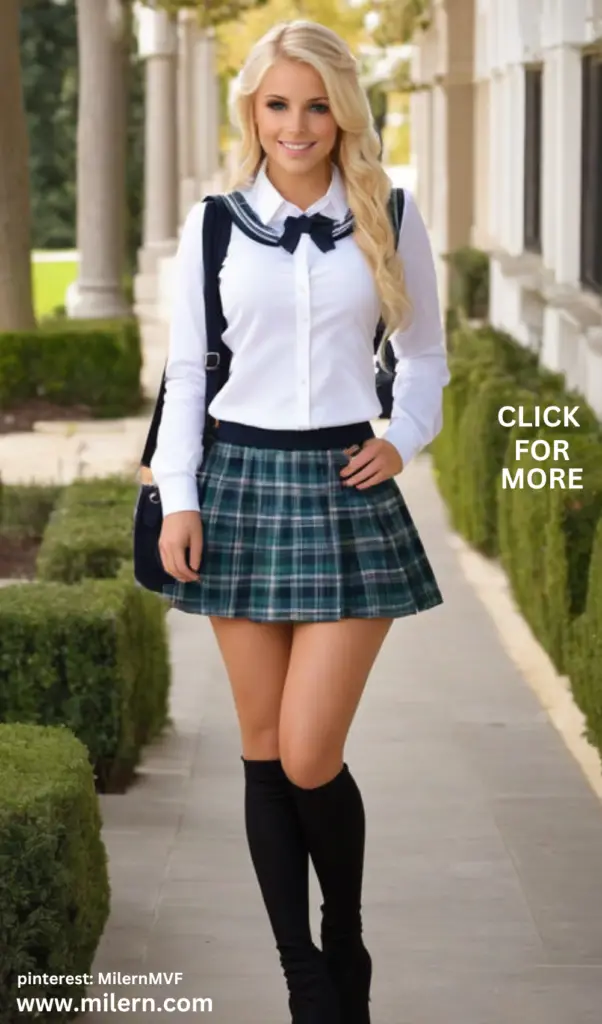Early Beginnings in England
The earliest recorded instance of a school uniform dates back to 1222, in England. The Archbishop of Canterbury, Stephen Langton, decreed that students wear a specific attire known as the “cappa clausa.” This long cloak, typically worn by clergy, marked the beginnings of a standardized dress code for students, emphasizing uniformity and modesty.
The tradition of school uniforms became more pronounced during the Tudor period. Christ’s Hospital School in London, established in 1552, is often credited with implementing the first true school uniform. The distinctive blue coats and yellow stockings worn by the students were designed not only to instill a sense of equality among pupils but also to distinguish them as beneficiaries of the school’s charitable mission. These uniforms have remained largely unchanged and are still in use today, serving as a direct link to the past.

Expansion in the 19th Century
The 19th century saw a significant expansion in the adoption of school uniforms, particularly in Britain. This period, marked by the Industrial Revolution and the rise of the middle class, witnessed an increase in the number of schools and students. As educational opportunities expanded, so did the desire to create a cohesive and disciplined student body.

Public schools, known for educating the elite, played a pivotal role in popularizing school uniforms. Schools like Eton, Harrow, and Rugby developed their unique uniforms, which became symbols of prestige and tradition. The distinctive blazers, ties, and straw hats worn by students at these institutions became iconic and influenced school uniform designs worldwide.
Global Spread and Adaptation
As the British Empire expanded, so did the influence of its educational practices, including the use of school uniforms. Many countries under British rule adopted similar uniform policies for their schools. In Japan, for example, the adoption of Western-style uniforms in the late 19th and early 20th centuries was part of a broader effort to modernize and Westernize the country’s education system.

In the United States, school uniforms were less common initially but began to gain popularity in the late 20th century. The adoption of uniforms in American public schools was driven by a variety of factors, including the desire to reduce peer pressure, prevent gang-related clothing, and promote school safety. Today, uniforms are a common feature in many public and private schools across the country.

Modern Perspectives and Controversies
The rationale behind school uniforms has evolved over time. While the early emphasis was on modesty, charity, and discipline, contemporary arguments for uniforms often focus on their ability to create a sense of equality among students, reduce distractions, and enhance school spirit. Uniforms can also be a cost-effective solution for parents, reducing the pressure to purchase fashionable or designer clothing.

However, the use of school uniforms is not without controversy. Critics argue that uniforms can suppress individuality and self-expression, and that enforcing uniform policies can sometimes lead to conflict and resistance among students. Additionally, there are concerns about the financial burden that uniforms can place on low-income families, despite their purported cost-saving benefits.
Conclusion
The history of school uniforms is a testament to the enduring desire to create order, equality, and a sense of community within educational institutions. From their early beginnings in medieval England to their widespread adoption across the globe, school uniforms have evolved to meet the changing needs and values of societies. While debates about their merits and drawbacks continue, there is no denying that school uniforms have become a defining feature of the educational experience for millions of students worldwide.
